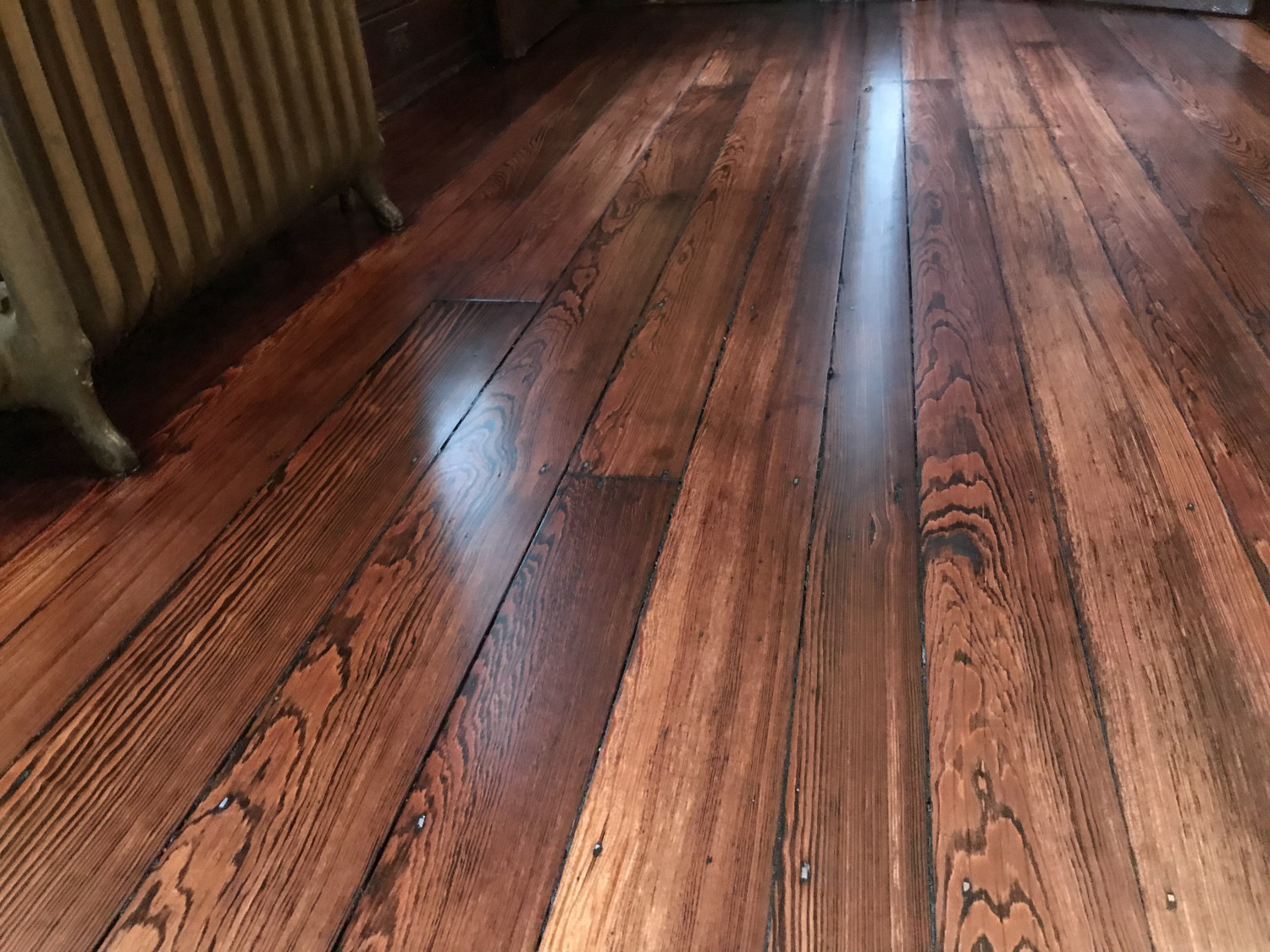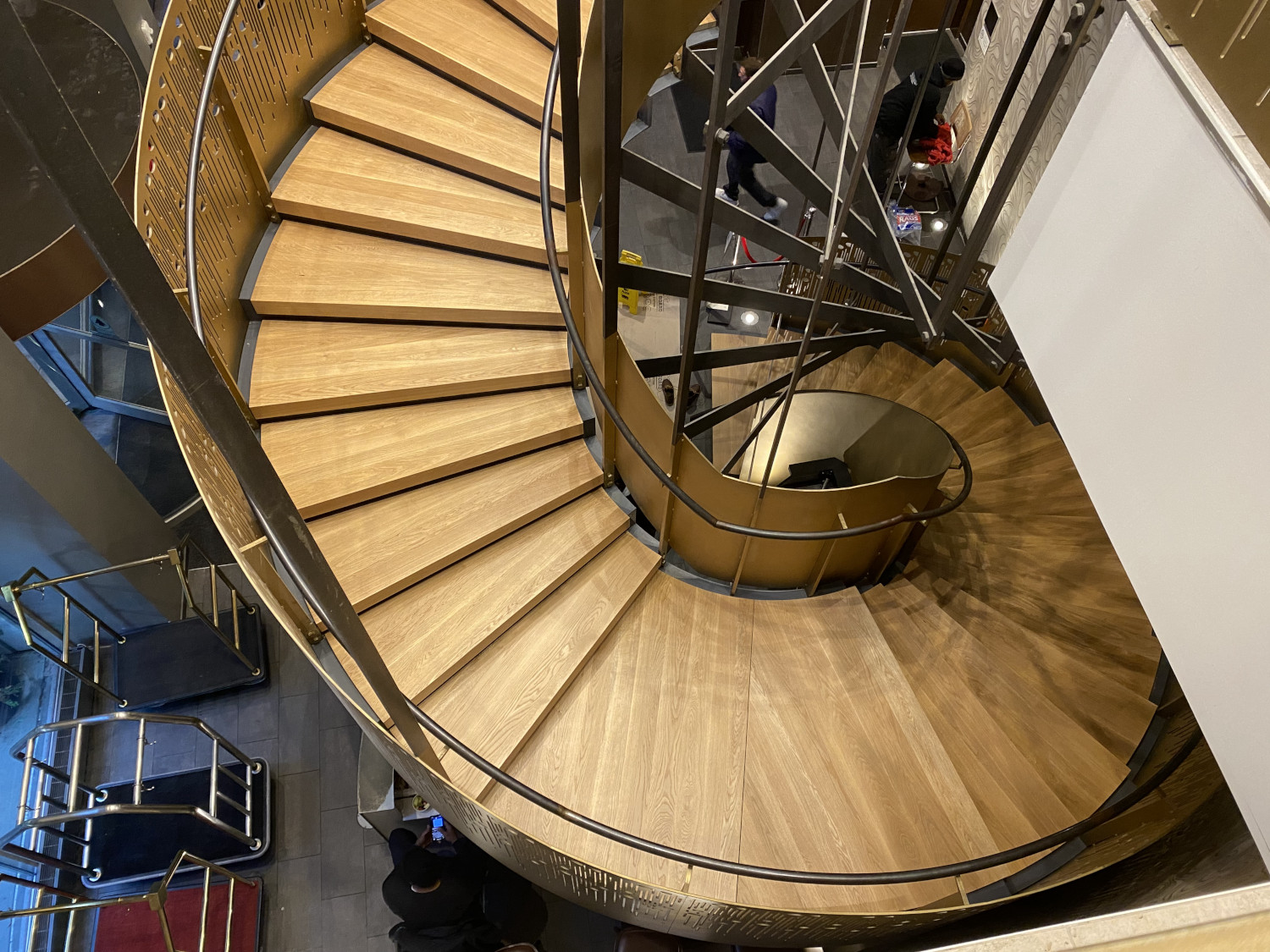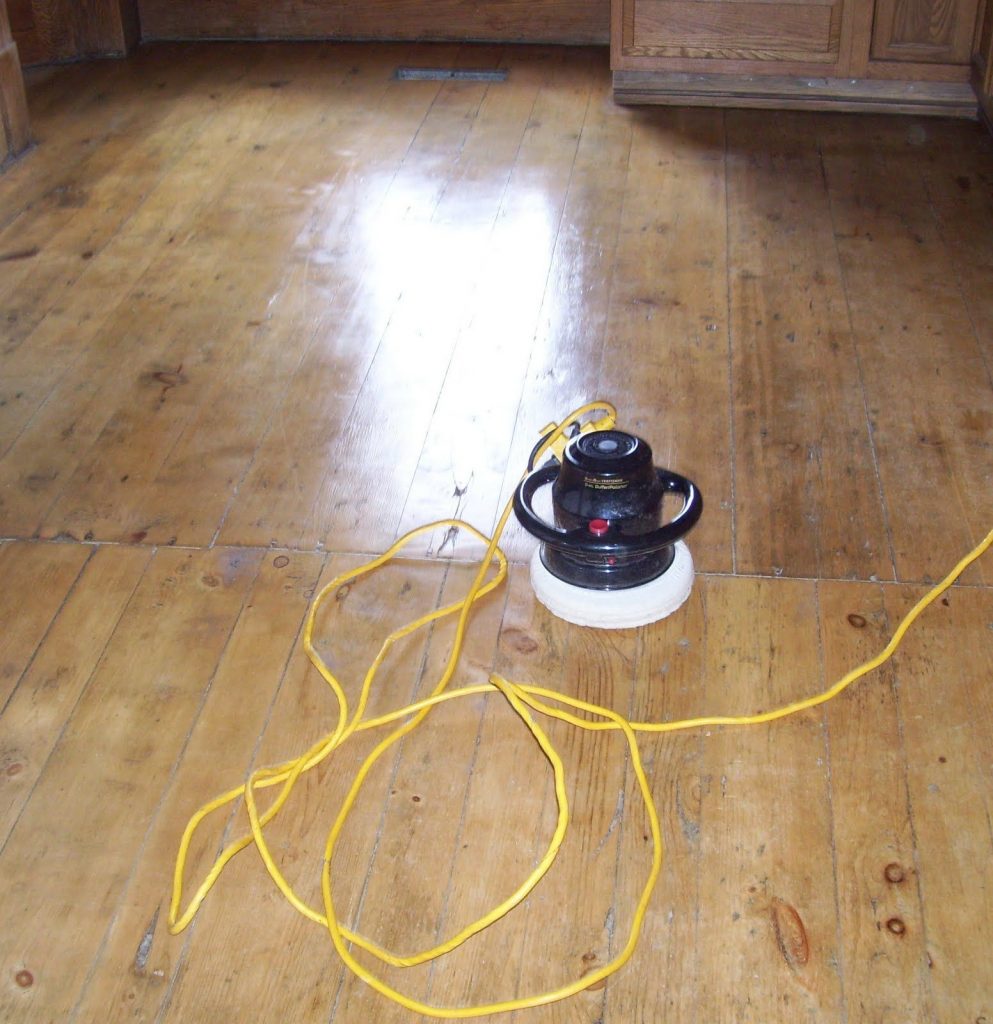What Is Wood Floor Restoration and When Do You Need It?
If you’re a fan of wood flooring, chances are you were drawn to the timeless beauty and touch of warmth that hardwood floors bring to the spaces they grace. Unfortunately, wear and tear takes a toll on these elegant surfaces as time passes, leaving them scratched, dull, or damaged.
If you have wood floors in your home that exhibit signs of wear, damage, or a lackluster appearance, then maybe it’s time to consider wood floor restoration.
In this comprehensive guide, the Philadelphia wood flooring experts from Artisan Wood Floors discuss the intricacies of wood floor restoration, exploring what it is, why it’s necessary, and when you should consider it.
Is It Better To Refinish Or Restore Hardwood Floors?
The choice between refinishing and restoring hardwood floors depends on the extent of damage and your overall flooring goals.
Understanding The Wood Floor Refinishing Process
Refinishing hardwood floors in PA involves sanding down the existing finish on the hardwood floor and applying a new one. It is suitable for floors with minor scratches, surface wear, or a faded finish. Refinishing is a more straightforward process than hardwood floor restoration, and it can effectively rejuvenate the floor’s appearance.
When to Choose Refinishing
- The surface of the wood is generally in good condition.
- There are only minor scratches or surface imperfections.
- You want to change the color of the floor with a new wood floor stain.
Understanding the Wood Floor Restoration Process
Wood floor restoration is a meticulous process that can breathe new life into aging or damaged wooden floors. It involves a series of steps that address various issues, such as scratches, dents, stains, and overall wear. The goal is to renew the floor’s appearance, restore its original luster, and extend its lifespan.
When to Choose Restoration
- There are visible signs of damage, like deep scratches, dents, or water stains.
- The finish has worn off in several areas.
- Some boards are loose or squeaky, indicating structural issues.
- You want to preserve the historical or sentimental value of the floor.
Other Factors to Consider
- The extent of Damage: Refinishing may be sufficient if the damage is superficial and limited to the surface. For more extensive damage, restoration is likely the better choice.
- Budget: Refinishing is generally more cost-effective than restoration. If your budget is a significant consideration, refinishing might be preferred.
- Goals for Appearance: If you are content with the current look of your floor and just want to refresh it, refinishing may be suitable. Restoration is the way to go if you desire a more comprehensive transformation or need to address structural issues.
How Do You Restore A Wood Floor?
A typical wood floor restoration process involves the following steps:
- Assessment: The restoration process starts with thoroughly assessing the floor’s condition. That process includes identifying scratches, dents, and any other visible damage. The type of wood and its current finish also play a crucial role in determining the most suitable restoration approach.
- Cleaning: Before any repairs or refinishing can commence, the floor must be meticulously cleaned to remove dirt, grime, and any residue from previous treatments. A clean surface ensures that subsequent steps are more effective.
- Repairs: Damaged areas are addressed through repairs. This may involve filling in gaps, fixing scratches, or even replacing individual planks if necessary. The goal is to create a smooth and uniform surface.
- Sanding: Sanding is a critical step in wood floor restoration. It removes the existing finish, smoothens imperfections, and prepares the surface for refinishing. This step requires skill and precision to avoid over-sanding and damaging the wood.
- Staining (optional): Staining can be applied at this stage if you want to change the floor’s color or enhance its natural hues. This is an optional step and depends on personal preference.
- Finishing: The final touch on a wood floor restoration process involves applying a protective finish of a polyurethane coating, varnish, or another type of sealant. The finish adds a beautiful sheen and protects the wood from future damage.
Why Wood Floor Restoration?

Wood floor restoration is not merely a cosmetic endeavor. It’s a preservation strategy. Over time, foot traffic, furniture movement, and other factors can mar the beauty of wood floors. Restoration brings back the original aesthetics, allowing you to enjoy the timeless elegance of your wooden floors.
Replacing a wood floor can be a significant expense. Restoration offers a cost-effective alternative. By addressing specific issues and revitalizing the existing floor, you can achieve a like-new appearance without the hefty price tag of a complete replacement.
In an era where sustainability is paramount, choosing restoration over replacement aligns with eco-friendly practices. Preserving the existing wood reduces the demand for new materials. It minimizes the environmental impact of hardwood floors associated with manufacturing and disposing of flooring materials.
Finally, wood floors often hold historical or sentimental value. They may be integral to a heritage home or have been in your family for generations. Restoration allows you to retain these connections while ensuring the floor remains functional and attractive.
Wood Floor Restoration: The Bottom Line
Wood floor restoration is a comprehensive process that goes beyond mere aesthetics. It’s a commitment to preserving the inherent beauty of wood, reducing environmental impact, and maintaining your floors’ historical or sentimental value.
Knowing when to embark on a restoration project allows you to enjoy the enduring charm of wood floors for years to come. Whether your floors bear the marks of time or you simply want a fresh look, wood floor restoration is a transformative journey that pays dividends in function and form.
Have questions about wood floor restoration? Reach out to the Pennsylvania wood floor installation experts at Artisan Wood Floors. We offer Philadelphia region hardwood flooring services throughout the area. Just call (215) 515-7355 and ask for Steve!
Recent Hardwood Flooring Projects in Philadelphia & NJ





0 Comments